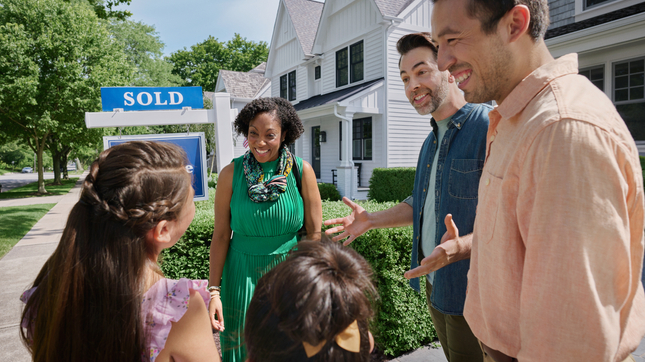The Not-So-Empty Nest: Older Millennials are Staying With (or Returning to) Mom and Dad

Nancy Robbers
August 10, 2016
3 Minute Read

Just when parents thought it was safe to turn a spare bedroom into a den, their little chickens are coming home to roost. It’s a trend that’s continued upward for the last 10 years: The share of older millennials (ages 26 to 34) living with a parent is increasing.
Between 2005 and 2012, the share of younger millennials (ages 18 to 25) who lived with a parent grew from 47.8 percent to a whopping 55.5 percent. But this isn’t entirely unexpected: Many young adults live at home while attending college or to save money while working. During the same period, the share of older millennials (also known as working-age millennials) living with their parents grew from 10.3 percent to 12.9 percent.
But since 2012, more working-age millennials have started living with a parent, and more of their younger counterparts have struck out on their own. In 2014, the share of older millennials living with Mom rose to 14.5 percent, while the share of younger millennials decreased more than one percentage point.
Here’s what the trend of boomeranging millennials could mean for real estate agents.
Weak job markets could be driving the move in with Mom
The economic recovery might be providing younger millennials with stronger job prospects than their older peers who faced more limited job opportunities when they first entered the work force. Larger homes to accommodate parents and their adult children might be at a premium in metros where the job market is weak or flat-lining. For example, in Las Vegas, NV, the unemployment rate is 6.9 percent — two full points above the 4.9 percent national average — and nearly one in five (19.4 percent) working-age millennials live with their mom. In contrast, Columbus, OH, has the smallest share (13.5 percent) of these millennials living with Mom and an unemployment rate of 4.2 percent — under the national average.
Cohabitating parents and children might need the masking tape

The generation gap between adult children and their parents can be very different than the one that existed during the child-rearing days. Once upon a time and not too long ago, these older millennials were heads of their own households, so there could be notable differences in opinion between them and their boomer parents about how they want to coexist today. Real estate agents might find these multi-generational households will need homes that satisfy a number of compromises such as location, property type, square footage or floor plan.
Older millennials might be used to a higher standard of living
An unwillingness to live with roommates or settle for lower-quality digs could also be behind the older millennials’ return to the nest. Median home values in the three metros with the highest numbers of working-age millennials living with Mom all significantly exceed the national home value average. They are Miami-Fort Lauderdale (25.9 percent above national average); Riverside, CA (65.4 percent above national average); and Los Angeles-Long Beach-Anaheim (206.1 percent above national average). Older millennials probably won’t budge from homes in these pricier metros to buy a place of their own anytime soon, but they might consider more affordable metros where the median home values are less than the national average. These include Tampa, FL; Columbus, OH; San Antonio, TX, Kansas City, MO; Cincinnati, OH; St. Louis, MO; and Indianapolis, IN.
The share of older millennials moving in with parents increased in each of the 35 biggest metros across the country over the past 10 years.1 Due to the lack of inventory, the millennials already living with a parent might very well stay put, and still more of this group might move in with Mom, continuing the decade-long trend.
1Zillow Analysis of the 2005-2014 American Community Survey, made available by the University of Minnesota, IPUMS-USA. 2014 was the latest year for which data was available at the time of this analysis.
Zillow works for agents
We're here to support you and your clients on their journey home. Discover how we can help grow your business today.
Learn more
